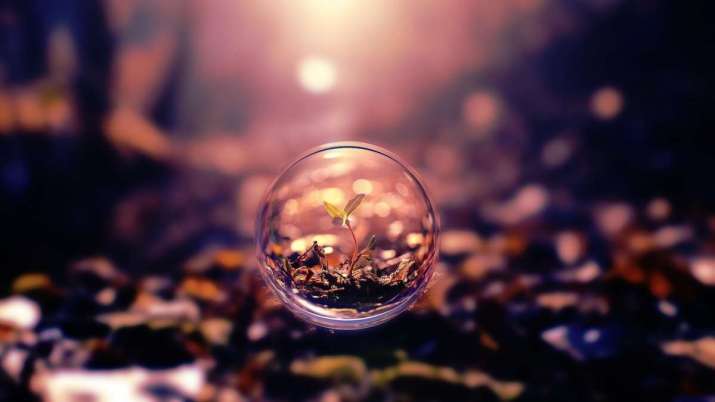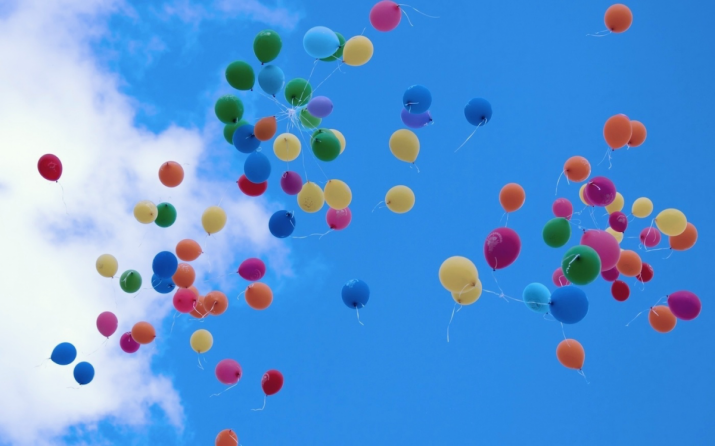FEATURES|COLUMNS|Silk Alchemy
Formlessness and Fundamental Nature: The Prajnaparamita Sutras
 From pinterest.com
From pinterest.comMore than 2,500 years ago, Shakyamuni Buddha realized the ultimate truth of reality. Legend has it that he entrusted this wisdom to the ocean-dwelling nagas, who protected the texts known as the Prajnaparamita Sutras in their watery domain until humanity was ready to receive them. According to the legend, the nagas offered them back to the earthly realm in around 100 BCE. For many hundreds of years, the concepts expressed in the Prajnaparamita Sutras must have seemed supremely abstract to the rational, intellectual mind, until the ultimate truth of reality became personified in exquisite female form through the wordless language of figurative symbols. There was now another way that practitioners could learn to understand the Buddha’s Perfect Wisdom through devotion, reverence, and the embodiment of the creative divine feminine and Immortal Mother. Visual information in a form the intuitive mind could understand, bypassing the analytical and linear aspects of the brain.
As many are aware, nothing recognizable exists at the absolute core of our reality. That is to say, at the fundamental level of the known universe everything is energetic and holds no inherent form. In fact, according to recent scientific understanding, some of the smallest measurable particles do not even seem to reside in this reality for more than a tiny fraction of a moment, vanishing as quickly as they appear, giving possible scientific validity to “realms of existence” beyond our own, as understood by the ancients. One can therefore say that embodying the Heart Sutra of the Prajnaparamita is embodying the heart of this reality.
A conversation about the Prajnaparmita is a discussion on this fundamental nature. And while any grasping of limited mental concepts seems fatuous and unachievable, given our human subjectivity and lack of appropriate language, we are nevertheless pattern-seeking creatures and enjoy musing with analogies. Here is one of mine on emptiness and embodiment.
There is an analogy about consciousness being like water. Water has no inherent form. It fills a container, assuming its shape, but remains water even if the container is shattered—even under circumstances that require it to adapt its state to that of a solid or a vapor. Thus water is often considered analogous to the experience of emotions and sometimes reincarnation.
I have mused over air in a similar regard—and balloons! Air is typically used as an analogy for the intellect and spirit. In this case, I'm using air to represent something like the other side of the Plank constant, if you will—beyond the photon, maybe even slipping into the 96 per cent “dark universe” and ambiguously dancing between the veil of all realities: the void; sunyata—our formless true nature, beyond intellect, feelings, and consciousness. Beyond anything we regard as “real,” or anything we can grasp with words.
Unlike water, air is invisible to the naked eye. We cannot grasp it; we only perceive its influence and, on occasion, see the debris it carries or the vapor sucked into its vortex. We know we need air to live. We know that within this biosphere we call Earth, there is not one breath we breathe that has not passed through and been processed by every organic entity on this planet since the ozone’s creation.
Please stop reading for a moment to allow that fact to really sink in . . .
Air’s vitesse varies between utter stillness and destructive maelstrom, but it always remains simply air. Even with fluctuating chemical measurements or at whirlwind speed, it is still air. Always air.
Now think of a balloon filled with air. The balloon is now identifiable as independent and tangible until eventually, one day, it explodes or deflates and the balloon is no longer. But the air is still there, now free again. It was always invisible, unchanging air that simply held a particular temporary form.
The essence of the Heart Sutra states that nothing inherently exists. “Existence” only appears and is typically experienced when adopting form. The discoveries of quantum mechanics suggest a very similar understanding. At the quantum level, existence as we recognize it only seems to take form when a wave function collapses into a particle. Before this, the wave is everywhere and invisible. Similarly, to our limited senses, air would seem non-existent were it not for its recognizable effects, such as the balloon that it fills.
“Balloons” need to be filled and experienced—and hopefully enjoyed—for only when it is fully inflated can a balloon truly fulfill its purpose of experience as that particular balloon. Some balloons can be transformed into new shapes or intertwined with other balloons to form something even more complex. Some are decorated, others are small some are extra large, and all have differing colors. Quantum mechanics and the Heart Sutra both underline that “form” is necessary in this plane of existence, however transitory or superficial. Differences and boundaries are merely masks and illusion, and the balloon itself is, of course, merely a construct of chemical composition and therefore cannot inherently exist either.
 From goodwp.com
From goodwp.comMeanwhile, air continues to exist within as well as without the balloon. However there is something about the air in the balloon; there is a shift in balance. We breathe in oxygen-rich air, but when we exhale into the balloon, it fills with carbon dioxide and it can’t escape. Our life on Earth can be thought of as time spent inside a balloon, in these organic meat sacks we call bodies. And our experiences, our emotional ups and downs, all those kleshas or mental states to which we are so attached are like the soporific toxic gas inside the balloon.
Once we are aware of this, we want to transmute it into clean air, as clean and pure as it can be, for ourselves as well as for our reintegration into the Whole when our balloon bursts. After all, as we know, polluted air is no fun for anyone or anything. We may not be leafy, oxygen-creating trees, but we can ethically, emotionally and spiritually emulate one.
Adopting the consciousness of the Prajnaparamita Sutras is the understanding of ultimately being nothing but “air.” Of being everywhere yet invisible until we take the form of a biological “balloon.” However, this does not negate our earthly responsibility to live with integrity and compassion. Personal healing is paramount. Embodied irreverence in favor of premature release leaves everyone unsatisfied.
In the words of astrologer Caroline Casey, we must practice “metabolizing toxins into tonic.” The transmutation of carbon dioxide into an oxygen-rich balloon, filled with as much wisdom, training, and creative intellect as possible. But only when it explodes will our minds be liberated again. Like a high-pressure valve being released, when this occurs we transcend intellect and discover wordless wisdom and the magnificent simplicity of being.
One day, even a balloon will feel too dense for us to embody again, too heavy, and its opaque bright color a distraction that obscures our true inner nature. Then a translucent “soap bubble” may be more appropriate as the next form we adopt. A sky full of diverse, multicolored balloons is fun, stimulating, and impressive—for a while—but a sky full of pellucid, scintillant, pearly, iridescent soap bubbles in all their fragility is awe-inspiring, otherworldly magic.
The Prajnaparamita reminds us that, irrelevant of form, we are all still “air.” Always. And we really do want to make the air as clean and oxygen-rich for us ALL to thrive.
This Perfect Wisdom became personified as a beautiful evolved woman. She is older than a typical yidam, as she should be. Wisdom comes with experience typically associated with time. She is the mother of all Buddhas because only when one begins to understand her truth can one start to become enlightened. She carries her Perfect Wisdom scriptures on a pink lotus, but she is born of the blue lotus of transcended wisdom. She clasps the dorje, symbolic of clear, diamond-cutting wisdom.
The traditional mantra associated with the Prajnaparamita Sutras is “Gate Gate Paragate Parasamgate Bodhi Svaha.” Essentially saying that everything is gone, gone, way beyond our conceptual understanding of mundane reality. But her real mantra is the untranslatable sound of Ultimate Wisdom: “Om Ah Dhih Hum Svaha.”
With much gratitude to the lifetime work of Dr. Edward Conze—his extensive research into “rescuing” and translating the Prajnaparamita scriptures of this once widely celebrated, deeply loved, and highly venerated Dharmakaya goddess, as much of her had been lost to the ravages of religious conquest.
Related features from Buddhistdoor Global
Harmonic Presence: Qualities of Silence, Listening, and Sound with David Hykes
The Determinant Faith of the Three Pure Land Sutras
Does a Philosopher Have Buddha-nature?














